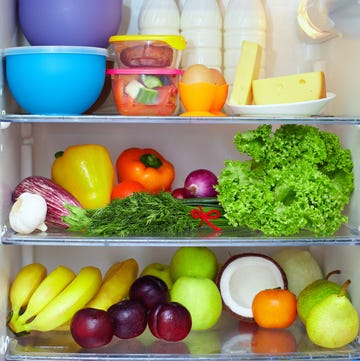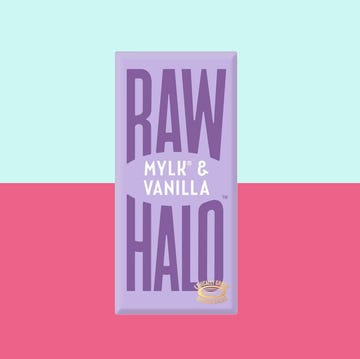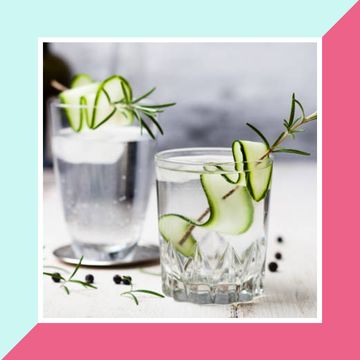The internet is overflowing with news of the new superfood, moringa.
Native to India, it was named Traditional Crop of the Month last year by the Food and Agriculture Organisation of the United Nations.
Nearly every part of the moringa tree can be used for something; its leaves and pods are packed with protein and vitamins, rivaling the nutritional value of oranges, milk and eggs.
What to read next
According to NGO Trees for Life, moringa leaves contain:
- 4 times the vitamin A found in carrots
- 7 times the vitamin C found in oranges
- 4 times the calcium found in milk
- 3 times the potassium found in bananas
- 2 times the protein found in yoghurt
RELATED: THIS IS WHY WE'RE SO TEMPTED BY FOODS WE SHOULDN'T EAT
What’s more, moringa leaves can be eaten raw, cooked like kale or dried and ground into a powder – helping it gain popularity amongst smoothie-lovers. The drumstick pods can similarly be eaten raw, cooked, or squeezed to produce moringa seed oil.
Its roots have anti-inflammatory benefits that can purify drinking water, fight bacteria and act as fetiliser; additionally, growing the trees combats erosion. Impressive.
Moringa thrives in the dryland tropics of South America, India and Africa – where 60 Zambian farmers tend some six million trees, feeding malnourished communities and boosting regional economies.
This leaves us wondering why moringa is only just entering the western world’s superfood list, but we can’t wait to try it!














